Plants or Crops
All Plants or Crops Content
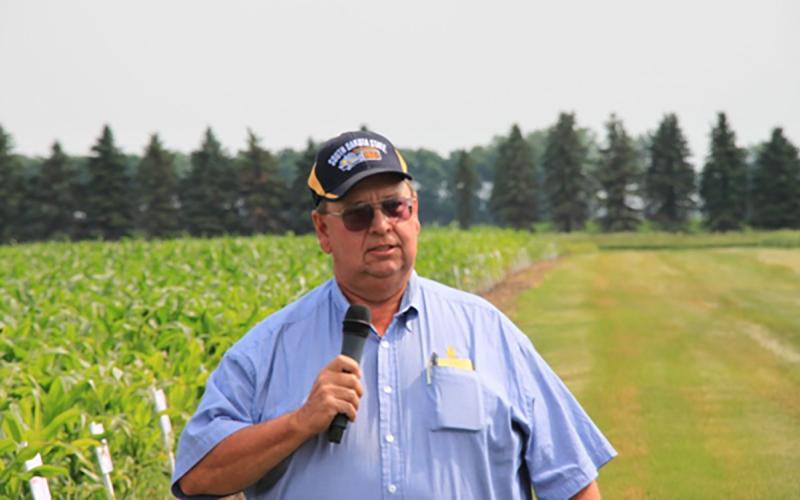
Paul O. Johnson Retires After Dedicated Career in SDSU Extension
June 08, 2022
Paul O. Johnson, SDSU Extension Weed Science Coordinator and Northeast Research Farm Coordinator, is retiring after a dedicated 33-year career supporting the people of South Dakota in his role at SDSU Extension.
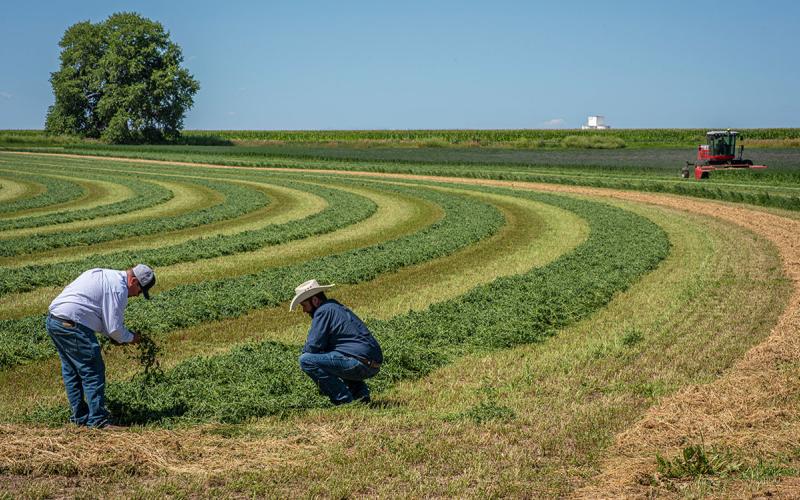
Alfalfa Harvest Timing and Objectives
Guessing when to make that first cutting can be difficult, as using plant maturity or calendar dates alone can be quite risky. Get the most out of your first cutting with some expert tips that consider the timing and objectives of alfalfa harvest.
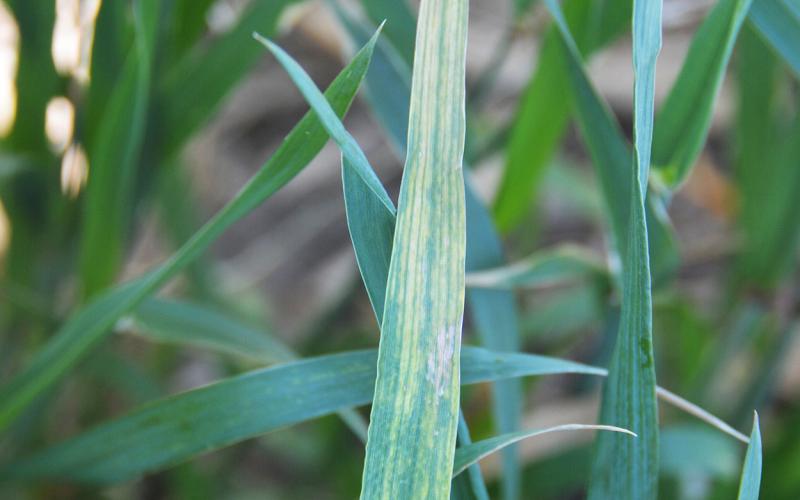
Wheat Streak Mosaic Virus Showing Up in Fields
Wheat streak mosaic virus is a viral disease, which has been found in samples recently sent into the SDSU Plant Diagnostic Clinic. Learn how to identify it before it takes a toll on wheat crops.

Are Fungicides Needed on Crops Damaged by Wind, Sand Blasting or Hail?
When extreme weather brings hail and sand blasting to fields, many growers wonder if a fungicide application is needed afterwards to protect wounded plants from bacterial diseases.
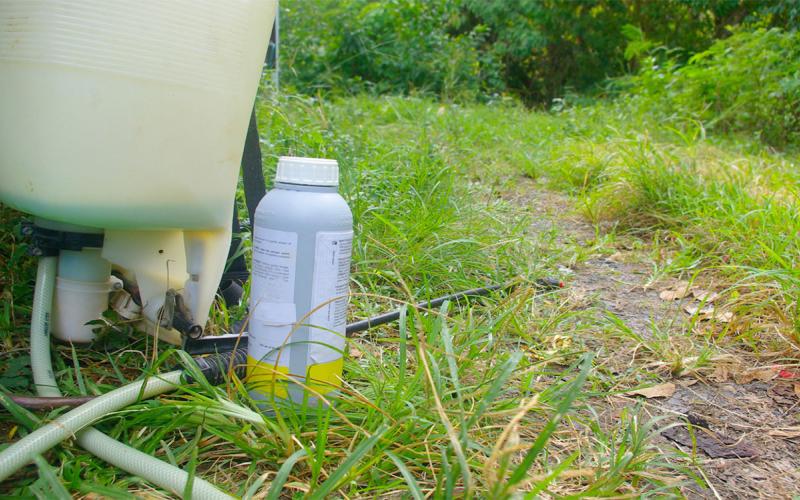
Read the Label
Last year, Bayer announced they would be phasing out glyphosate from the homeowner market, but they would be keeping the Roundup name for future marketing. Learn some important label considerations when purchasing Roundup-branded products.

Never Underestimate Mother Nature
We know that weather is unpredictable, and every gardener will eventually have to deal with damage caused by weather. Learn some tips that will help you give your plants a fighting chance after extreme weather events.
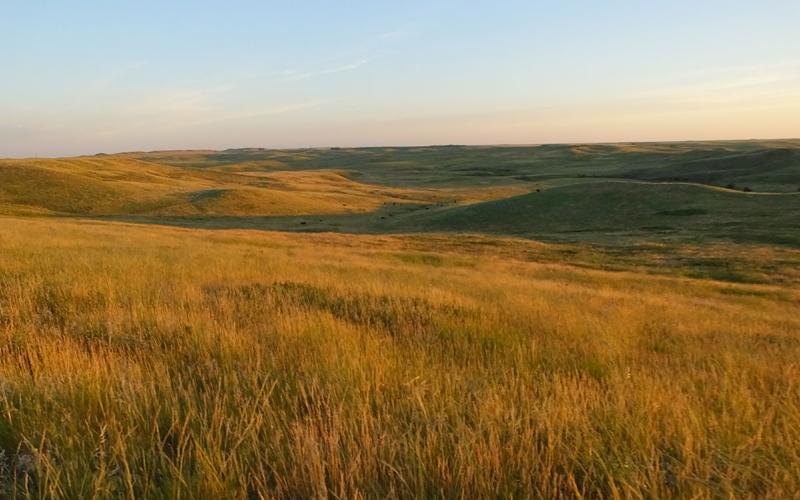
Factors That Influence Plant Development and Growth
Year-to-year variability in climate can result in large swings in annual forage production for livestock producers. Learn some key considerations to observing and mitigating the effects of this variability.
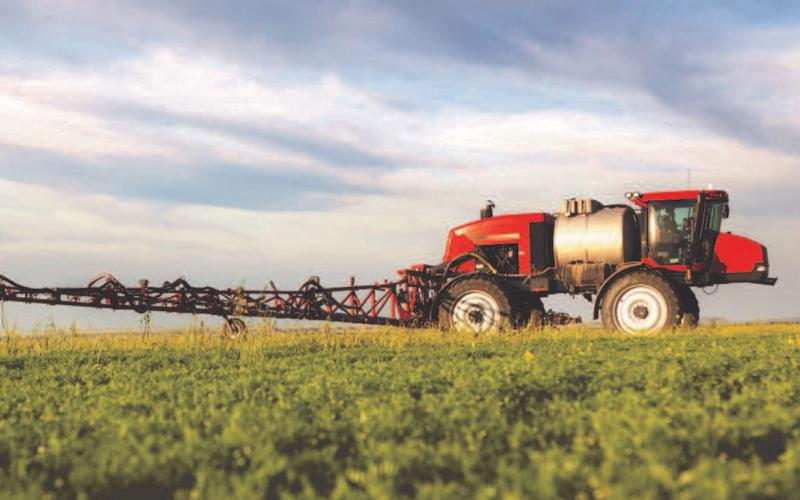
Boom Sprayer Calibration
Fact sheet on calibrating a boom sprayer to minimize damage to plants and reduce environmental impact
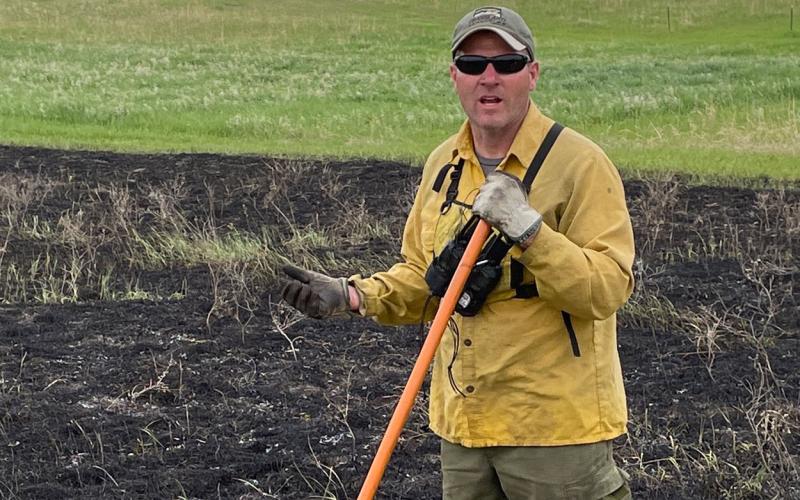
SDSU Extension Field Specialist Named Wildlife Professional of the Year
May 25, 2022
Pete Bauman, SDSU Extension Natural Resources and Wildlife Field Specialist, received the Wildlife Professional of the Year award from the South Dakota Chapter of The Wildlife Society at its annual meeting held March 3, 2022.
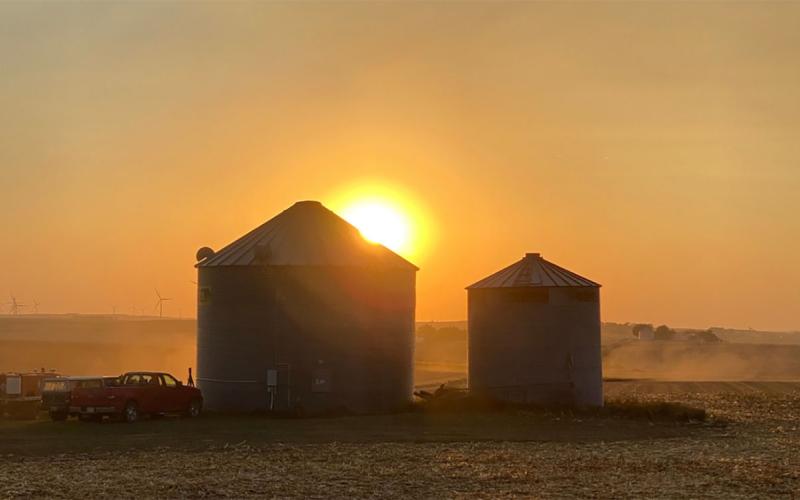
Inspecting Grain Bins After a Windstorm
Due to their high profile and light structure, metal grain bins are highly susceptible to wind damage. View a step-by-step guide for inspecting them in the aftermath of a windstorm.